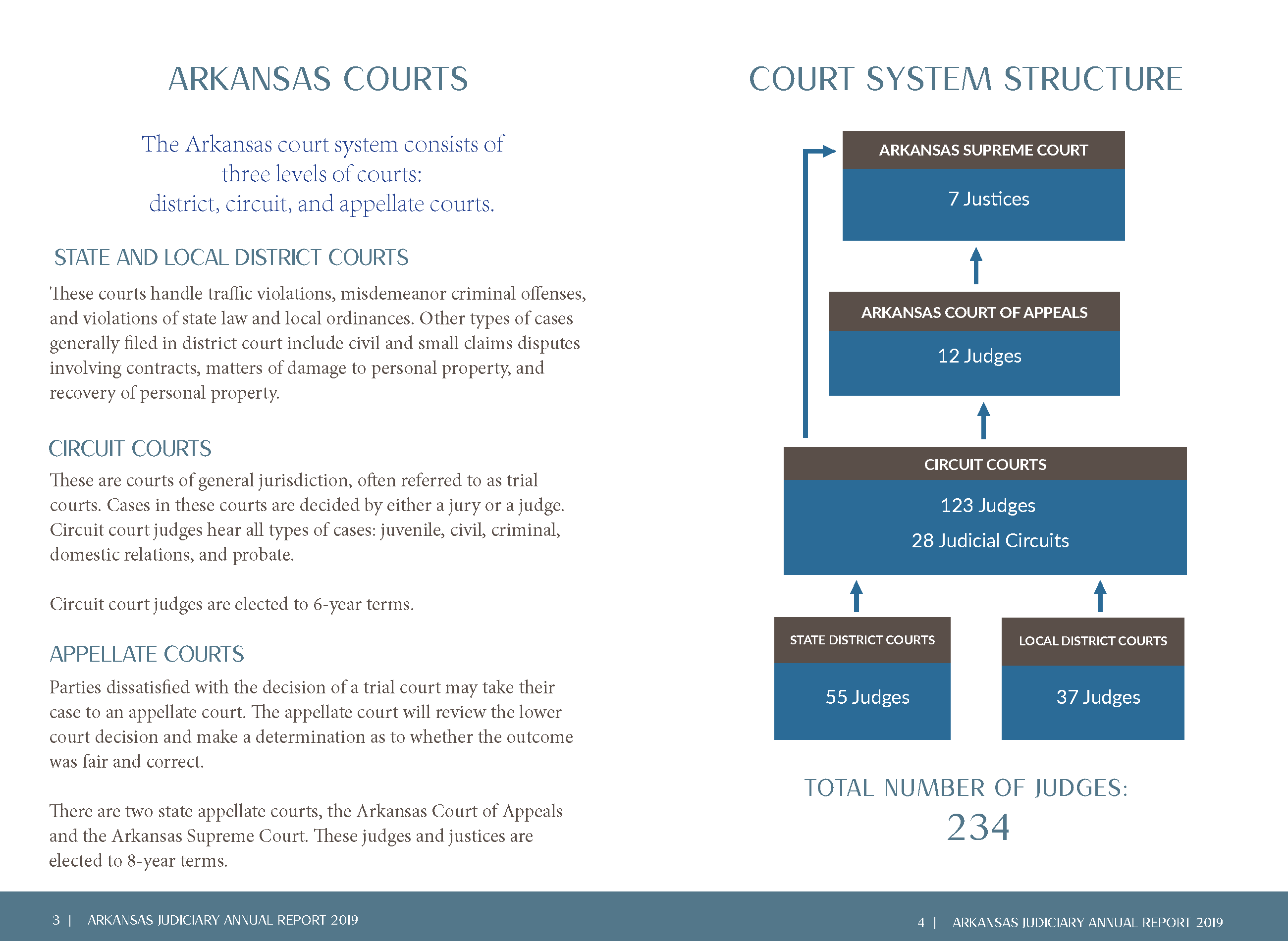February 2020 Posts
Contact
Kristin Higgins
Public Policy Center
Phone: 501-671-2160
Email: khiggins@uada.edu
University of Arkansas System Division of Agriculture
Cooperative Extension Service
2301 S. University Avenue
Little Rock, AR 72204
How Constitutional Amendments Have Shaped Your Primary Ballot
For many years, Arkansans have decided a lot of their local elected official races on the spring primary ballot. A candidate may face numerous challengers from the same party, but the winner of the race usually went uncontested in November.
If your county was majority Democratic, you likely had only Democrats to choose between for local offices. With the historic shift in Arkansas politics over the past 20 years, many counties have only Republican candidates running for local office. So the idea of choosing your elected officials in the spring rather than November still rings true.
If you have looked at your sample ballot for this year's March 3rd primary, you may have noticed your ballot looks a little shorter than it did in previous years. Much of that is due to Amendment 85, which Arkansans approved in 2016.
Amendment 85 to the Arkansas Constitution - known as Issue 1 on the 2016 ballot - changed most county positions from a two-year to a four-year term starting in 2018.
The majority of county judges, sheriffs, clerks, and other county administrator roles won't be up for re-election until 2022. Justices of the peace, or Quorum Court members as they're also known, are up for election this year as their role remains a two-year position.
Certain unopposed candidates for local races may not even have their name appear on the ballot due to a change included in Amendment 85. (Read Act 1013 for more information on whose names must appear)
Next month, you may also see a number of local and Supreme Court judicial races on your ballot regardless of whether you vote in the Republican or Democratic primary.
Judicial races are non-partisan, which means judges are not listed on the ballot under any political party. Their race appears on all ballots under the heading of "Nonpartisan Judicial." (You can also ask poll workers for a non-partisan ballot that shows only the judicial races.)
Their unaffiliated status traces back to a Constitutional Amendment approved by voters in 2000. Amendment 80 made several sweeping changes to the structure of the court system in Arkansas in addition to removing references to party preferences on ballots in an effort toward impartiality.
In Arkansas, the court system now consists of three levels of courts: district, circuit and appellate courts.
- District courts handle traffic violations, misdemeanors and violations of state and local ordinances. District judges also hear civil and small-claim disputes.
- Circuit courts are often called trial courts. Cases are decided by a judge or jury, including juvenile, civil, criminal, domestic relations and probate. These are six-year terms.
- Appellate courts review decisions made by lower courts on appeal. These judges sit on the Arkansas Court of Appeals or the Arkansas Supreme Court. These judges are elected to eight-year terms.
The Administrative Office of the Courts put together this helpful graphic below to explain the different levels as part of its 2019 Annual Report to the Community, which can be found at here.
Curious who and what is on your March 3rd primary ballot? You can find a sample ballot at the Arkansas Secretary of State's Office here.
